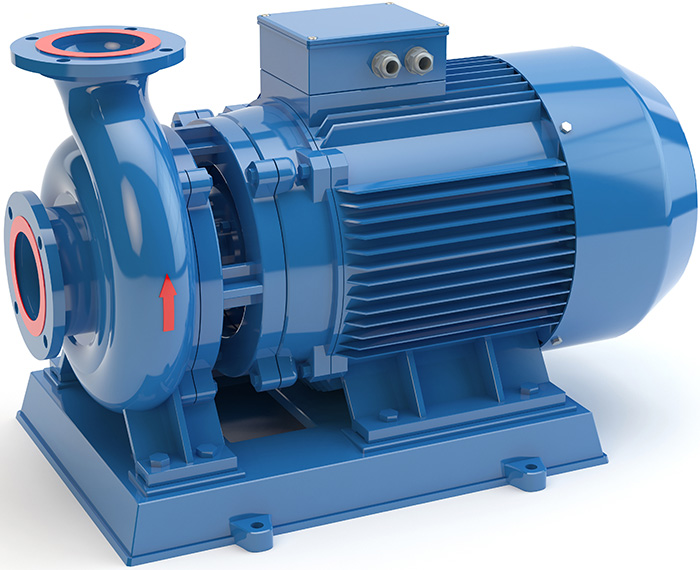Although manufacturers try their best to make pumps that last, they are prone to wear, inefficiencies and malfunctions over time due to the conditions they are exposed to. Buying a pump is a significant investment; therefore, taking good care of your pump is paramount. Maintenance may mean the difference between an inefficient pump and one that runs smoothly. Thankfully, you can adopt some practices to increase the lifespan of your pumps regardless of the application.
Periodic maintenance
Whether you use your pumps for irrigation or industrial operations, routine inspections and servicing are essential to ensure they are in good condition. You can call a pump expert to conduct an assessment and give you a checklist to keep up with maintenance. Performing preventative maintenance is way cheaper than the costs you incur when your pump breaks down.
In an industrial operation, a pump breakdown could mean significant downtime, resulting in loss of profits and a damaged reputation. Severe damage could also mean a pump replacement which is not a small investment. Please check your user’s manual for recommended maintenance schedules of pumps.
Avoid operating away from the efficient point.
According to pump experts at PumpBiz, pumps are designed to run at the most efficient point, and the efficiency reduces when you run it too far away from its efficiency point. Problems include radial loss, vibration, recirculation, heat, high seal temperature, and significantly low efficiency. Therefore if you need a pump to run at different efficiency points, you should choose a high-efficiency pump range.
Use the right pipes
The wrong pipe layout can reduce a pump’s efficiency and operation and ultimately impact its lifespan. Note that a pipe design with inverted U’s on the suction side of the pump trap air, while pipe designs with a 90degree bend before the pump can facilitate turbulence. Such aspects can lead to suction and cavitation problems that are costly to repair. Therefore you should use the correct pipe sizes to prevent cavitation and ensure efficiency.
Avoid operating the pump dry.
Many things can go wrong in a process that makes a pump run dry. For instance, it can cause the failure of the seal in a mechanically sealed pump. Although modern pumps are designed with metal bearings that prevent damage if the pump runs dry, it could also lead to unpreventable catastrophic damage.
During normal operations of a pump, the liquid serves as lubrication between the rotating and stationary parts. Therefore the liquid takes away the heat generated by rotational action. When you run a pump dry, the heat builds up, leading to damage.
Ensure fluid compatibility
You must use the correct pump depending on the chemical properties of the liquid to prevent corrosion and ensure a longer lifespan. This is especially important when handling corrosive liquids. Before choosing a pump, you should understand the liquid’s characteristics to select the right one that can handle the fluid.
conclusion
Preventative maintenance for pumps also goes a long way in ensuring your pump remains in good condition. With regular inspections and servicing, you can identify problems before they happen and address them accordingly.

